Zhenjiang Sanshan Scenic Area is located in the southwest of Jiangsu Province and on the South Bank of the lower reaches of the Yangtze River. It has a unique style of "real mountains and real waters". Sanshan Scenic Spot, which consists of Jinshan Scenic Spot, Jiaoshan Scenic Spot and Beigushan Scenic Spot, is now a national AAAAA-level tourist attraction.
Historical culture
Ancient Jinshan is an island standing in the middle of the Yangtze River, "Wanchuan East Note, an island is neutral", crossing into a corner with Guazhou and Xijin. It is a main road between the north and the south. It has long been known as "Suddenly Natural Town is in the middle of the town, with a great span of 200 states in the southeast". It is called "a Hibiscus in the heart of the river". It was not until the Daoguang period of the Qing Dynasty that the land on the South Coast began to be connected, so "riding donkeys on Jinshan" was prevalent for a time. Golden Hill is one of the most beautiful tourist attractions in China since ancient times because of its natural shape and unique scenery.
Jinshan is famous for its beautiful scenery. The temple is magnificent and magnificent. It rubs shoulder to shoulder, rises from the ground and points directly to the clouds. Whether you look at the temple from near to far, you can always see the temple but not the mountain. It is said that "Jinshan Temple wraps the mountain". The Longevity Hill of Beijing Summer Palace, the "Tianyu Xianchang" of Chengde Summer Resort, and the "Xiaojinshan" of Yangzhou Slender West Lake all draw lessons from the architectural art of "mountain wrapped in temples" and "tower uphill".
There are many historical allusions and moving legends in Jinshan Temple, such as "Legend of White Snake" flooding Jinshan, Liang Hongyu fighting Jinshan drum, Miaogaotai Su Dongpo dancing on the moon and so on, which are well known and widely circulated.
Jinshan is located in the northwest of Zhenjiang City, 43.7 meters above sea level, covering an area of 41.6 hectares. Jinshan is a scenic spot with unique scenery and natural shape. It has been one of China's tourist attractions since ancient times. Ancient Jinshan was originally an island standing in the middle of the Yangtze River, which is known as "a beautiful lotus in the heart of the river". Zhang Hu in Tang Dynasty described it as "Seeing in the shadows of trees and hearing the bells on both sides of the Taiwan Strait". Shen Kuo in Northern Song Dynasty praised it as "the water on both sides of the building and the Taiwan is connected, and the mirror on the south side of the Yangtze River is in the sky". Originally an island in the Yangtze River, it was connected with the land around the end of Guangxu period of Qing Dynasty (1903) because of the "great river flowing eastward".
Main attractions
Jinshan Temple is laid out in accordance with the situation of the mountain, so that the mountain and the temple are integrated. On the top of the golden hill stands Cishou Pagoda, Jiangtian Lingyu Pavilion, Liuyu Pavilion, Guanyin Pavilion around the top of the hill, Qifeng Pavilion, Miaogao Pavilion, Lengge Pavilion around the mountainside, Fahai Cave, Xianren Cave, Bailong Cave and other mosaic walls, the old site of Daxiong Pavilion, Tianwang Hall, Tibetan Sutra Building, Buddhist chanting Hall, Abbot hall near the top of the mountain: various buildings with songs Corridors, cornices and stone levels are connected, forming a unique pattern of "temples wrapped in mountains" with towers, pavilions outside and pavilions in the pavilions.
There are many scenic spots and historic sites in Jinshan. The exquisite Cishou Pagoda stands on the northern peak of Jinshan Mountain, 30 meters high. It fits perfectly with the whole Jinshan Mountain and Jinshan Temple, as if it had elevated the mountain. Brick and wooden towers pass up and down, with corridors and railings on eight sides of each floor, ventilation on eight sides, scenery on the face and scenery on different layers. Wang Anshi's poems in the Song Dynasty said, "The pillow layers of several buildings are called, and the wind on the open side of four-wall windows makes the birds fly flat on the ground and start to startle themselves in mid-air." Moreover, such as the Lenggangtai, Miaogaotai, Guanyin Pavilion, Fahai Cave, Ancient Immortal Cave, Ancient Bailong Cave and other places of interest and historic interest are all built by rock drilling at the side of the mountain. Their ingenious conception is amazing to the architects'magical wisdom and superb art. Zhang Chuanshan, a great poet and painter of the Qing Dynasty, said in his book "Crossing the River in the Snow on the 16th Day": "The simplification of the old people is close to each other, and the road across the river is not far away. Alcohol and wine dull the snow in Beijing mouth, sails flat the tide in Haimen. Yangzhou lamp is difficult for the month, Wushi Shengge left this Xiao. The wind and waves are thousands of miles, and the two Miaolian flowers are golden coke." Compare Jinshan to a beautiful lotus flower.
Jiaoshan, formerly known as Qiaoshan Mountain, is said to have been renamed Jiaoshan by Song Zhenzong in memory of Jiaoguang, an Eastern Han scholar who once lived in seclusion in the mountains. Jiaoshan mountains and rivers are natural and authentic. They are renowned for their ancient trees and monuments. The temple buildings are all hidden in the lush old trees. As opposed to Jinshan, they are known as "Jiaoshan wrapped temples". Dinghui Temple, formerly known as Puji Zen Temple, was one of the earliest temples in the south of the Yangtze River. Emperor Kangxi of the Qing Dynasty inscribed the inscription of the temple's plaque when he visited Jiaoshan in the south.
Jiaoshan, one of the "Jingkou Three Mountains" scenic spots, is famous for its natural scenery, simple and elegant, and is the only tourist island surrounded by water in the Yangtze River. Jiaoshan mountains and rivers are natural and real, Jiaoshan stands in the heart of the river, like "midstream pillars", "Zhenjiang Jingtao", with great momentum; the mountains are full of ancient trees, stone carvings, temple buildings are all hidden in old trees, so there is the saying of "Jiaoshan wrapped temple". It seems fair that the ancients used to evaluate the two mountains with "Jinshan wins with pavilions and Jiaoshan wins with steles". There are many precious cultural relics and famous monuments in Jiaoshan: the cliff stone carvings are well known all over the world, and there are many ink treasures in the stele forest, second only to the ancient capital Xi'an stele forest, which is the largest stele forest in the south of the Yangtze River. Among them, the "Acne Crane Ming" monument, known as "the king of monuments", is a rare treasure; the pavilions and pavilions of the Jingshe Temple in Jiaoshan. There are more than ten famous temples, such as Dinghui Temple and Biefeng Temple. Zheng Banqiao has a poem: "Fifteen Jiaoshan families in the quiet room have bamboo fences in their homes." Pavilions and pavilions are Huayan Pavilion, Guanlan Pavilion, Suction Pavilion and so on. These ancient architectural essence embellishes rivers and mountains and adds gorgeous colors to the natural landscape.
According to Jiaoshan Zhi, Emperor Zhenzong of Song Dynasty was ill and could not cure for a long time. He had a dream that an old man came into his golden temple. He claimed to be Jiaoguang, a hermit in the southeast, and sent Dan medicine to treat his illness. After Zhenzong woke up, he recovered from his illness. He busily questioned the minister about his dream. The minister said, "Jiao Guang was a noble scholar in the late Han Dynasty who lived in Jiaoshan, a secluded place in the Yangtze River. He was willing to live in poverty, happy to talk, unable to carry out three imperial edicts, and honest and self-reliant. After listening to this, Zhenzong was overjoyed and sent out an edict: "Sealing Jiaoguang as Ming Yinggong, offering sacrifices to the ancestral temple in spring and autumn, and at the same time exempting Jiaoshan's field Fu and official service from all privileges." As soon as the emperor opened his golden mouth, Jiaoshan became famous.
Beigu Mountain is named because it overlooks Beigu, pillows the river, rocky walls, and the mountain is dangerous and solid. Beigu Mountain lies between Jinjiao Mountain and Jinjiao Mountain. It is bordered by the river. It has three peaks: front, middle and back. The main peak is 58.5 meters above sea level. It is said that Emperor Wudi Liang wrote the six words "the first river and mountain in the world" when he climbed Beigu Mountain. Wu Chen, a famous calligrapher in the Southern Song Dynasty, rewrote them. Cheng Kangzhuang, who was judged by Zhenjiang Prefecture during Kangxi Period of the Qing Dynasty, copied stones, which are still embedded in the corridor wall. Gulougang is the front peak of Beigu Mountain. It is said to be the palace of Sun Quan of the Three Kingdoms and the residence of Zhou Yu Shuai. Zhongfeng used to have Beigu Shanfang, under which there were Tombs of Tai Shici, General of the Eastern Wu Dynasty, and Liu Yong, an outstanding poet of the Song Dynasty, who had been annihilated. There is a Phoenix Pool under the corridor on the west side of Zhongfeng Mountain. It is said that Zhu Yuanzhang, the founding emperor, once discussed political affairs in Phoenix Pool. Houfeng is the main peak, also known as Beifeng, is a place of concentration of scenic spots and historic sites. The Manlu Temple is the highest peak, with an iron tower in the southeast of the peak. The pavilions and pavilions, mountain and stone streams, many of which are related to the historical legends of Sun Liu Alliance during the Three Kingdoms, have become a place for tourists to visit the relics of the Three Kingdoms. The temples and pavilions in Beigu Mountain are different from those in Jin and Jiao Mountains in architectural structure. They adopt the method of "using temples to town mountains". Therefore, they have the potential of flying over pavilions and form the characteristics of "temple crown mountain".
In the Three Kingdoms period, the story of "Liu Bei's Recruitment in Manlu Temple" took place in Beigu Mountain. Beigu Mountain, known for its steepness, is famous for the stories of the Three Kingdoms for thousands of years. The pavilions and pavilions on the hills and the mountain rocks are all related to the historical legends of Sun Liu's marriage in the Three Kingdoms Period, and have become the place that tourists yearn for visiting the relics of the Three Kingdoms. Manlu Temple stands on top of the peak, forming the characteristics of "Temple Guanshan". Legend has it that it was built in the first year of Ganlu (265 A.D.) in Dongwu of the Three Kingdoms, but it has been built many times since then. The Temple includes the hall, Laojun Hall, Guanyin Hall, Jiangshengge and so on. Although it is small in scale, its fame is not small. Throughout the ages, visitors to Zhenjiang have enjoyed visiting the sites where Liu Bei recruited relatives.
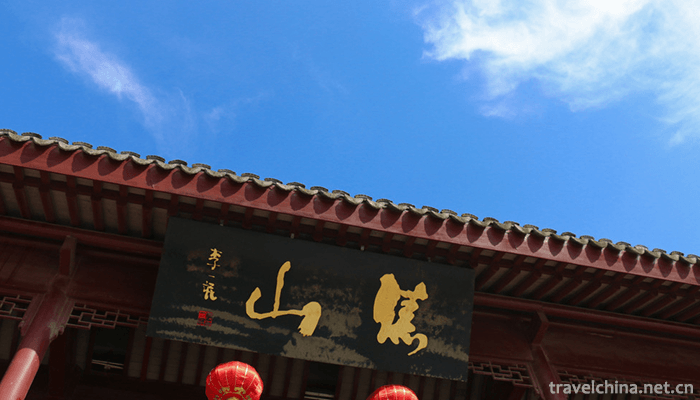
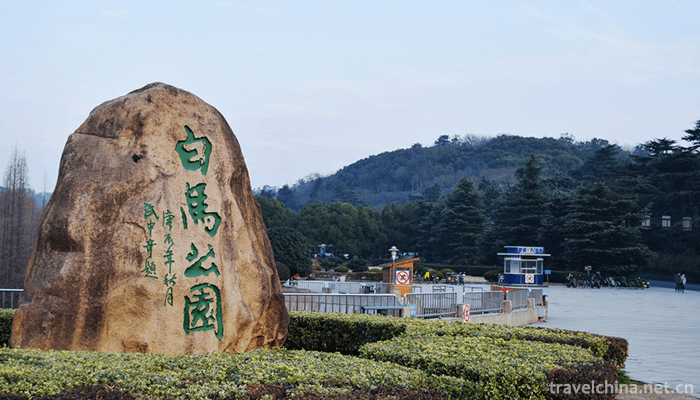
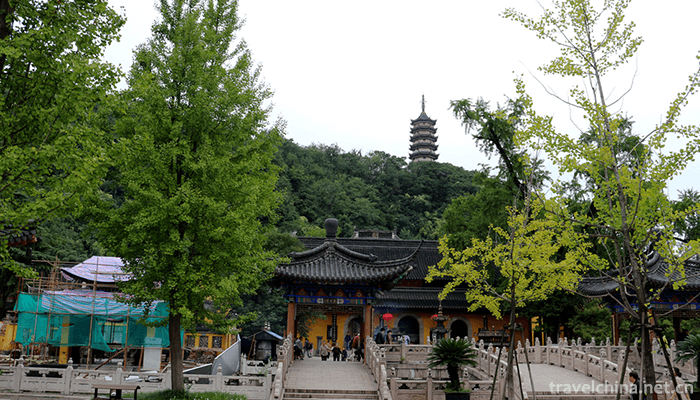
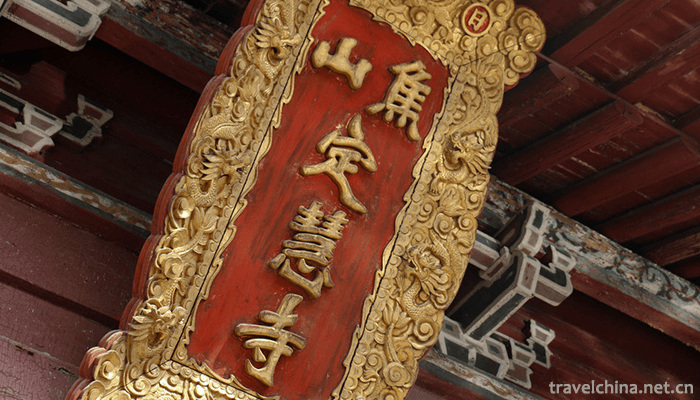
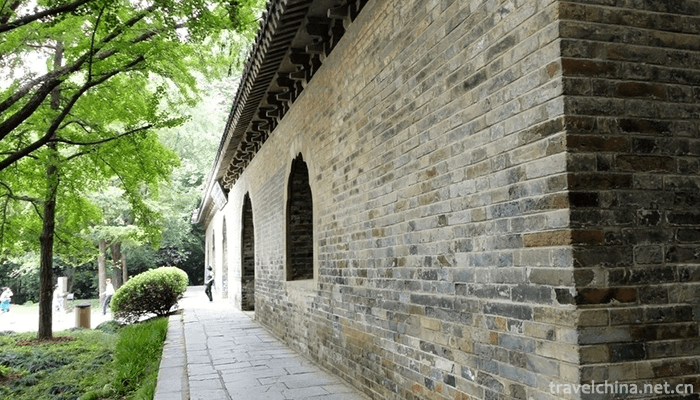
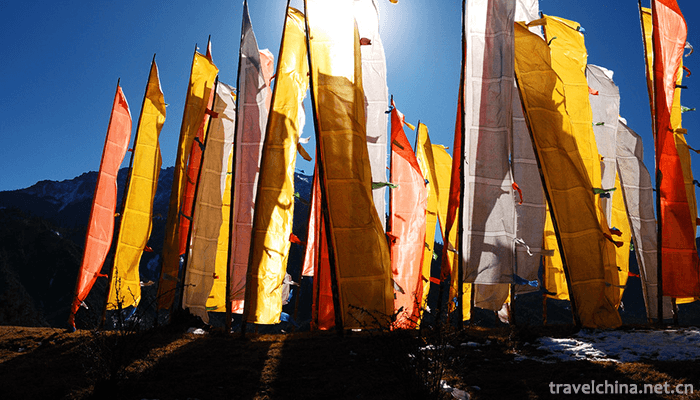
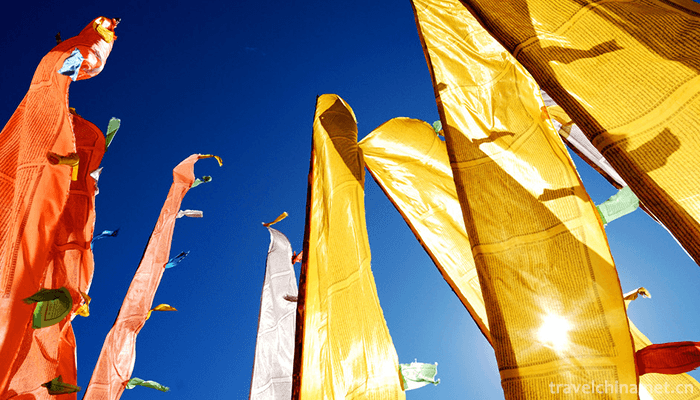
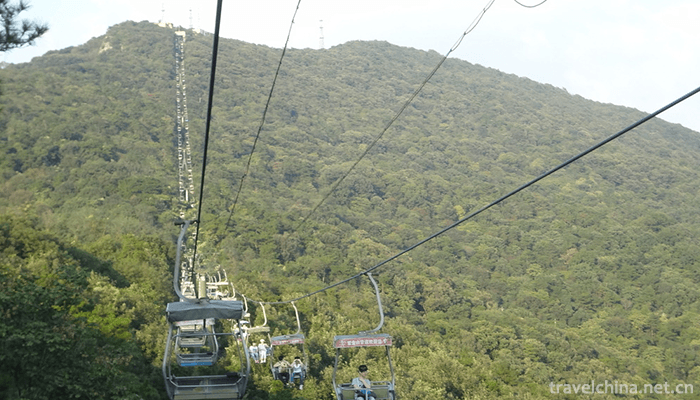
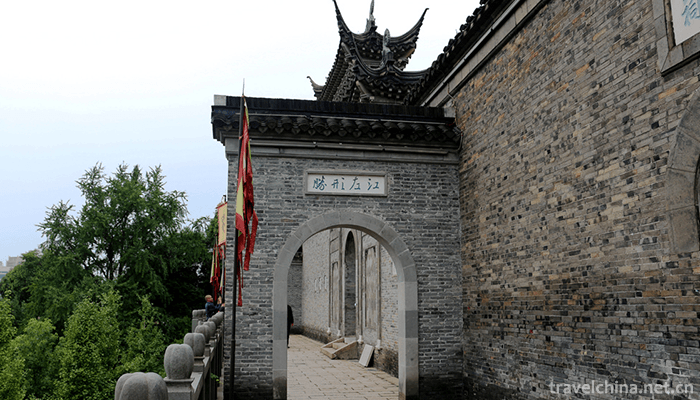
0 Questions
Ask a Question
Your email address will not be published.